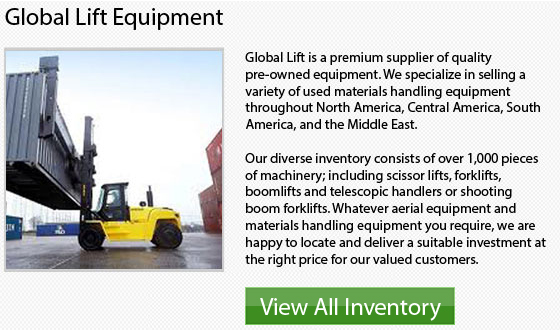
Minneapolis, Minnesota serves as the county seat of the county of Hennepin and has been known as "Mill City" and "City of Lakes." Minneapolis is the nation's 48th biggest city and is the largest city within the State of Minnesota. The name is derived from the area's very first schoolteacher. He put together the Dakota word water which is "mni" and the Greek word for city which is, "polis."
Minneapolis is located on the Mississippi River banks. It lies just north of the river's convergence along with the Minnesota River and adjoins the state's capital of Saint Paul. Minneapolis-Saint Paul is knick-named the "Twin Cities." They form the nation's 16th biggest area. There are around 2.3 million residents living here.
According to the Census of 2010, the population of the city of Minneapolis came in at 383,578. The city of Minneapolis has over 20 wetlands and lakes and is abundantly rich in water. The Mississippi River, creeks and waterfalls make the area stunning. The Grand Rounds Scenic Byway and the Chain of Lakes interconnect many of the parkways within the city of Minneapolis.
Minneapolis was once considered to be a hub for timber and the flour milling capital of the world. Nowadays, Minneapolis has become the major business center between Seattle and Chicago. There are a variety of cultural groups in Minneapolis which bring people to the city of Minneapolis for writing, visual art, theatre and music. The city's diverse population has a history of tradition of many charitable support programs through Minneapolis in the form of progressive public school programs and private and corporate philanthropy.
Until the explorers from France arrived around 1680, the Dakota Sioux were the only residents in the area. In the year 1819, Fort Snelling was built by the U.S. Army. This new fort brought a large amount growth in the region. The Mdewakanton band of Dakota was pressed by the American government to sell their land and this particular transaction, allowed people coming from the east to live there.
The Minnesota Territorial Legislature authorized the existing Minneapolis as a town in the year 1856. Minneapolis was then incorporated as a city during the year 1867. Rail service began that very same year between Minneapolis and Chicago. In the year 1872, it eventually joined with the east bank of St. Anthony.
The major economy of Minneapolis these days is centered on commerce, finance, industry, trucking services, rail services and health care. There are smaller aspects to the economy which are equally as essential like for example: insurance, food processing, graphic arts, high technology, milling and publishing. Electronics, automotive products, machinery, agricultural and chemical products, precision medical instruments and plastics are some of the main components of the industrial industry. Before, the city of Minneapolis was known for making farm implements.
There are 6 Fortune 500 corporations which call Minneapolis headquarters. These companies consist of: U.S. Bancorp, Ameriprise Financial, PepsiAmericas, target Corporation, and Thrivent Financial for Lutherans, and Xcel Energy.
The city's largest businesses consist of: Allina Hospitals & Clinics, Wells Fargo, Target, City of Minneapolis, Hennepin County, Xcel Energy, US Bank, Fairview Health Services, ING Group, Star Tribune, Bank of Minneapolis, Thrivent, the federal reserve Bank of Minneapolis, RBC Wealth Management and Macy's.
Popular Science during 2005, named the city of Minneapolis the "Top Tech City" within the US. This is due to the wide availability of Wi-Fi, medical trials, university development expenditures, energy conservation and advanced degrees held by the work force all being so far above the national average.